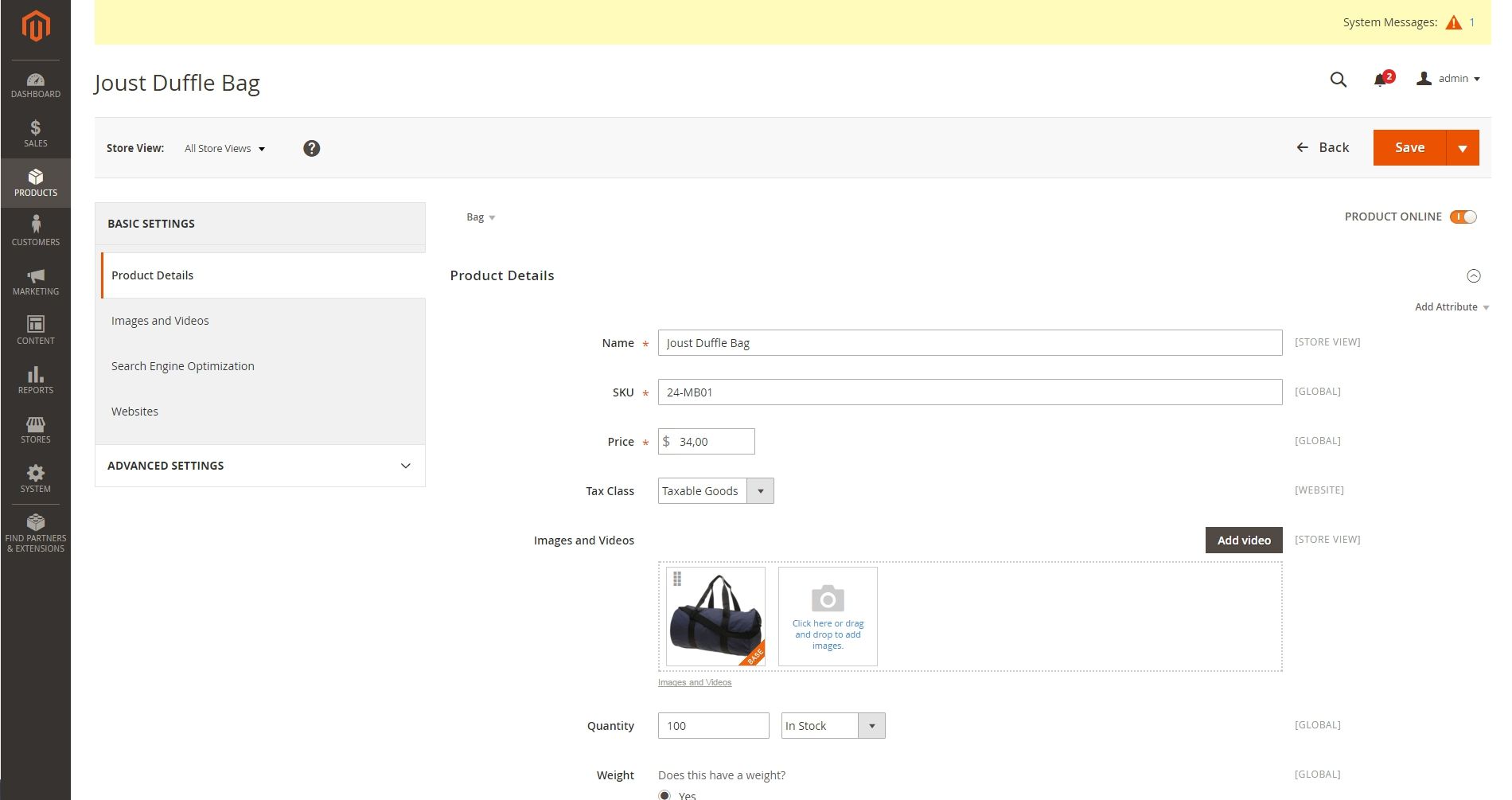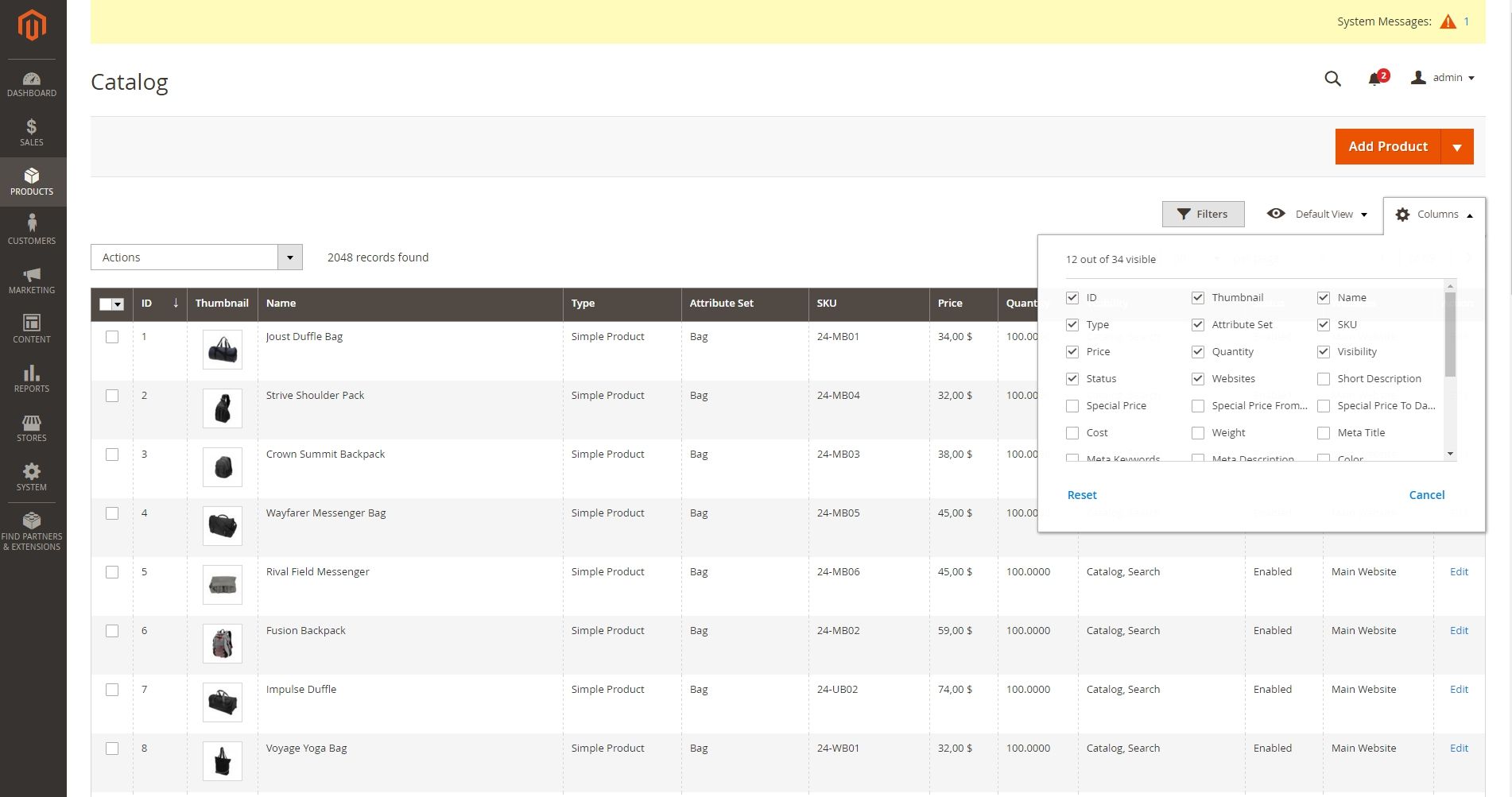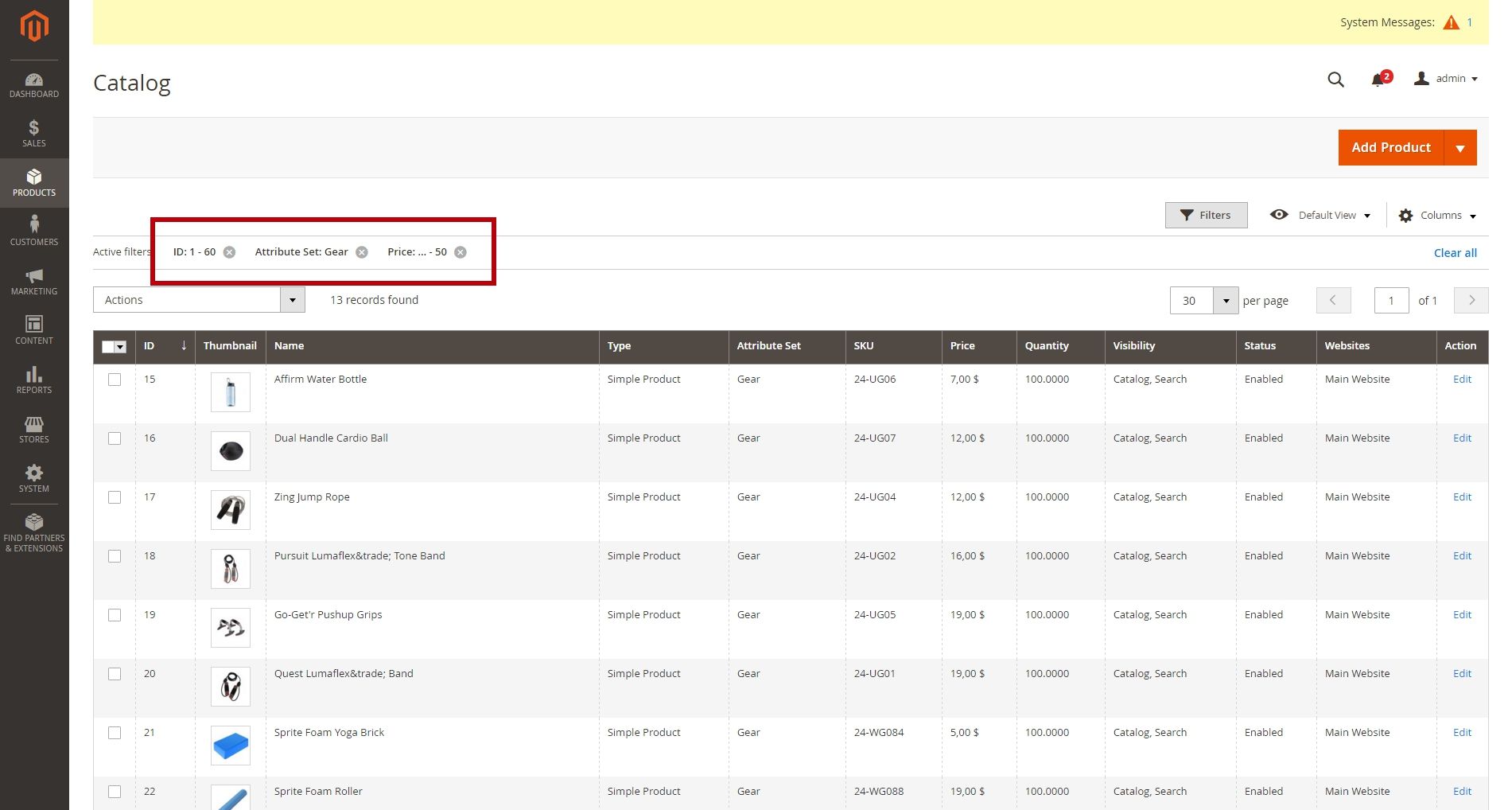Pros and Cons of Magento 2 compared to Magento 1
15.04.2016
For the last couple of years the hottest discussions in Magento world were naturally held about the release of Magento 2. Firstly we were simply trying to guess what Magento 2 will be like with all new features and design. And after its release people were trying to figure out how to install Magento 2, how stabilize it and what are the results of performance testing of Magento vs Magento 2.
So let’s start our own research which may lead to unexpected discoveries. What is Magento 2? Magento 2 is the last version of the most popular open source eCommerce platform in the world. It empowers B2B and B2C businesses providing omnichannel shopping experiences, better performance and scalability, unmatched flexibility, new features and innovation opportunities for developers.
The major improvements announced in Magento 2 Release Candidate are:
User-friendly Approach Streamlined checkout Trendy Technologies Performance Enhancement New shopper experience features Framework Improvements Quality extensions for Magento 2 Quarterly platform updates
It’s worth mentioning that Admin interface of Magento 1.x may seem quite confusing for non-tech users administration. It was a real challenge to cope with UX of the admin interface if you don’t have internal Magento developers under your wing. However, the prayers of the ‘ordinary mortals’ have been heard and Improved Magento 2 Backend Admin UX interface includes:
UI enhancements providing responsive and touch friendly navigation. Let the good times roll for merchants who works with CMS via iPads or tablets Product creation workflow has been simplified and now you can create configurable products without preliminary manual simple product creation. Due to the improved product data import capabilities and new step-by-step product creation tool, the product creation process is now 4 times faster Product attribute set has been modified

The ability to generate associated simple items, bulk upload images and pricing while creating the configurable product have been added to a new version New data grids (with essential new columns added) optimized the editing process, so now you don’t have to constantly open and save the elements in grids.

Breadcrumbs option in filtering allows you to specify numerous filtering criteria.

Highly improved Admin menu.
Modern technology stack:
- PHP 7
- Varnish (full page caching enable faster performance out-of-the-box)
- Redis
- Modern JS Stack
- RabbitMQ
- Solr
- PHPUnit
- Composer (for managing dependencies)
These trendy technologies and modern coding patterns allow developers to setup automated test easily and speed up the development process.
However, it may be really difficult to estimate the actual performance of Magento 2. While Magento 2 is declared to be a much faster platform in comparison with the first version, different performance tests show less optimistic results. MageCore’s performance benchmark results show that Magento 2 performed slower for the same load test scenario and data sets than the latest Magento 1.x. On the other hand, Performance test of Amasty shows that Magento 2 doesn’t cache search results and Magento 2 production mode is much faster than developer mode.
Besides, Magento team has gotten other results proving that Magento 2 really has better performance.
Magento 2.0 + PHP7 + Varnish 4 handles 2.1 M more catalog views and processes up to 135K more orders per hour.
Magento 2.0 catalog pages are 47-56% aster than Magento 1.9.
Magento 2.0 guest checkout is 38% faster.
However, the competition between Magento 1.9 vs Magento 2 +Varnish can not be considered fair as it’s not really a test between the "out of the box" Magento 1.9 and Magento 2.
Magento 2.0 can empower your web store but it needs additional investing in your hardware and software.
-
Improved order summary now includes product images in customer shopping cart.
-
Streamlined checkout. Thankfully Magento gave up their Accordion style in the checkout process and for Magento 2 the same procedure takesjust 2 clear steps. In the first step the system collects customer’s information and in the second - billing information. Moreover Billing address is only needed if required by the payment method. Assumed guest checkout, registered customers are recognised via the email field and offered the option to log in to complete the transaction.
-
Payment Methods. Magento 2.0 has tight integrations with popular payment gateways (PayPal, Braintree, Authorize.net, WorldPay (Enterprise Edition), CyberSource (Enterprise Edition)) that weren’t previously supported. Variety of payment options provide better checkout UX for your customers.
Framework Improvements
- Major code refactoring took place to get rid of all the mess in the system
- Major Data Grid enhancement
- Modules can now be enabled/disabled for Magento application
- Compatibility with HHVM and PHP 7
Quality extensions for Magento 2. Magento Connect will be reorganized into the Magento Marketplace with the quality of extensions monitored specifically by Magento team. From now on only the high quality coded extensions will be available on the marketplace. The strict code quality as well as functionality duplication control are the main features of new Magento 2 Marketplace.
Most Magento extensions from big extension providers can be transferred to Magento 2 without losing their respective functionalities. But not all of them. This process can be quite a hassle as you constantly search for trustworthy providers and qualified modules.
Quarterly platform updates Magento 2 will release new features for both Community and Enterprise Editions every three months.
Magento 2 Enterprise Edition price rises. Upgrading Magento to Magento 2 EE has so many benefits but it will cost you around $22,000 per year fee just for the license. (source) In 2015 the price comes from $18,000 per year. Moreover, you pay for one server per license, so if you need more servers you have to buy more licenses. The pricing for design implementation starts with $50,000 for Magento CE and $100,000-$250,000 for Magento EE.
Migrating from Magento 1 to Magento 2 is only partially possible. Data migration tool helps transfer existing Magento 1.x store data to Magento 2.0 database but custom themes and custom-developed extensions cannot be transferred to Magento 2.
Moreover, Magento 2 was built with a number of advanced technologies which makes it more complex. It requires more expertise to set up this platform. The hosting for Magento 2 demands a professional admin for administration, thus merchants must invest more money.
Magento 1 will be officially supported for the next 3 years from Magento 2 launching (Dec 2015), so you may take your time to migrate your Magento store to Magento 2. If you have a middle-sized store don’t hurry up to update. Just wait while the usual extensions for payment gateways and delivery options are being tested on larger scale retailers.
With all Magento 2 advantages and disadvantages mentioned above, Magento 2 definitely will be expensive to set up and operate with but one thing is absolutely clear – Magento 2 is the future of the platform and upgrading Magento is only a matter of time. Magento 2 seems very promising and has better features that will technologically boost your store.
| Magento Team | MageCore Team | Amasty Team |
|---|---|---|
|
